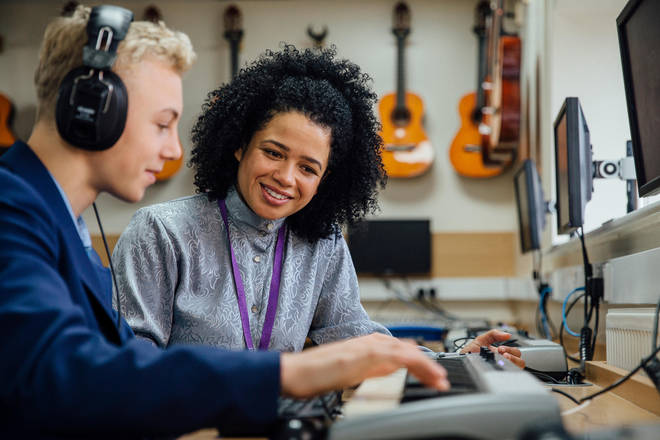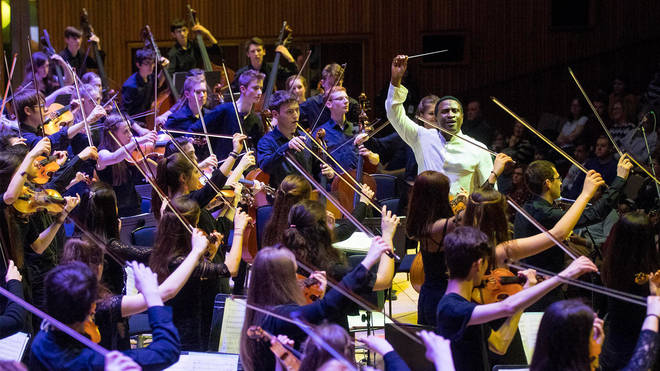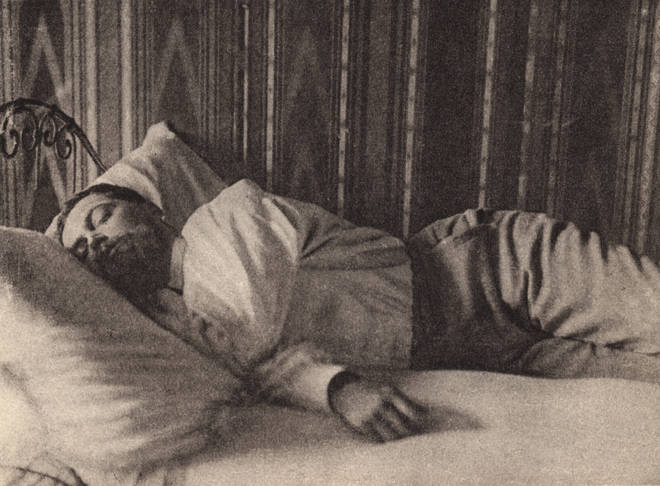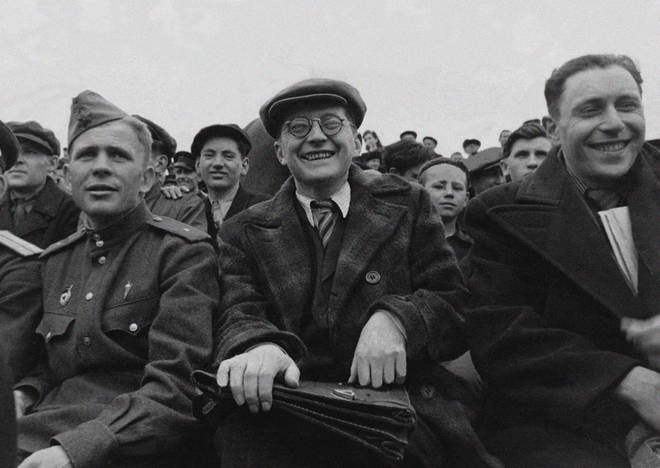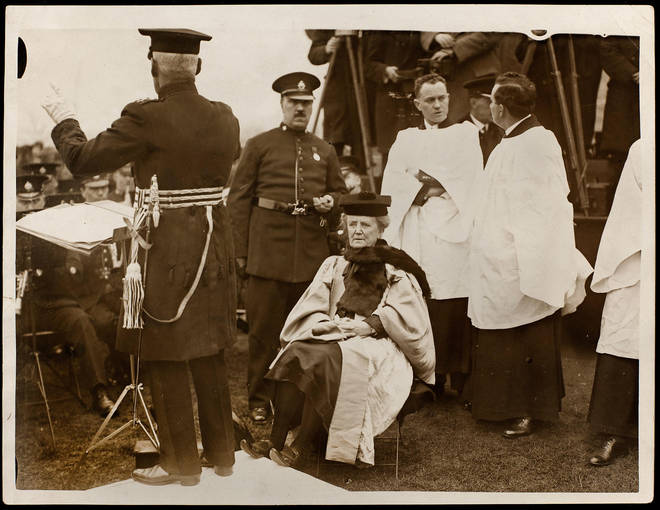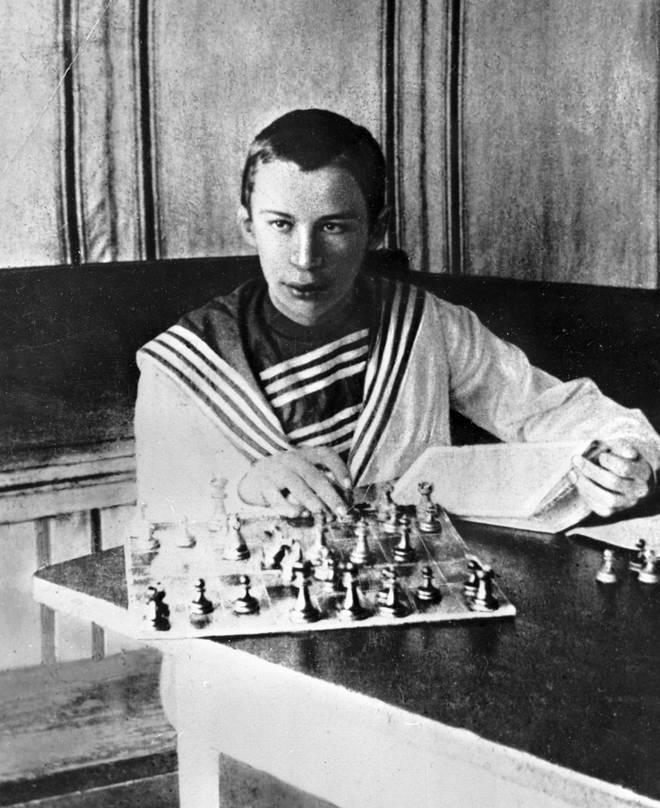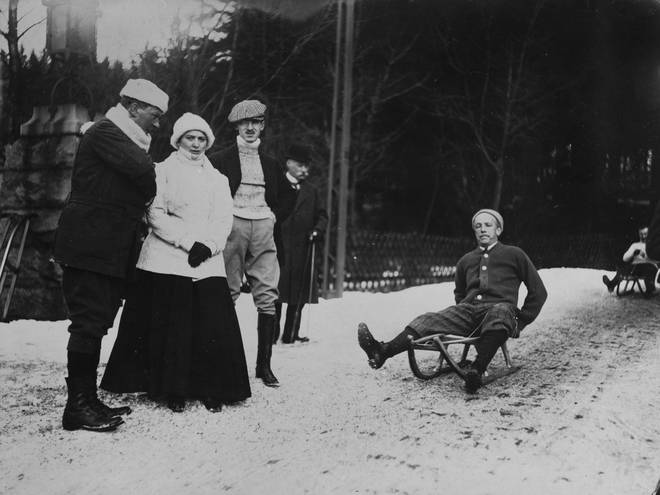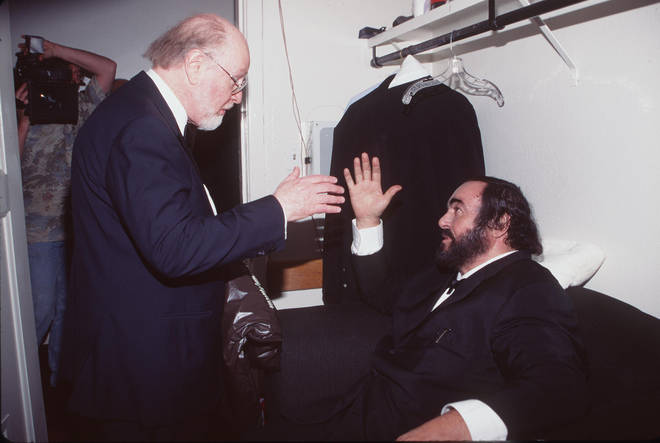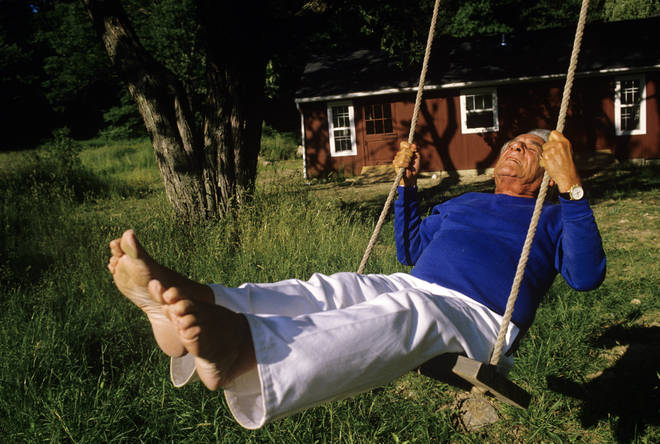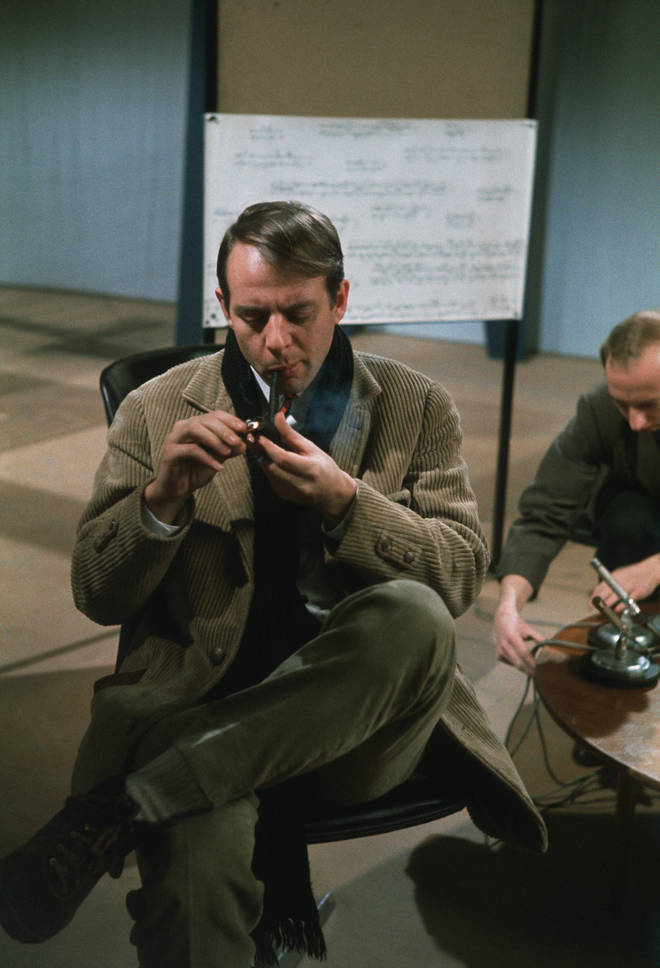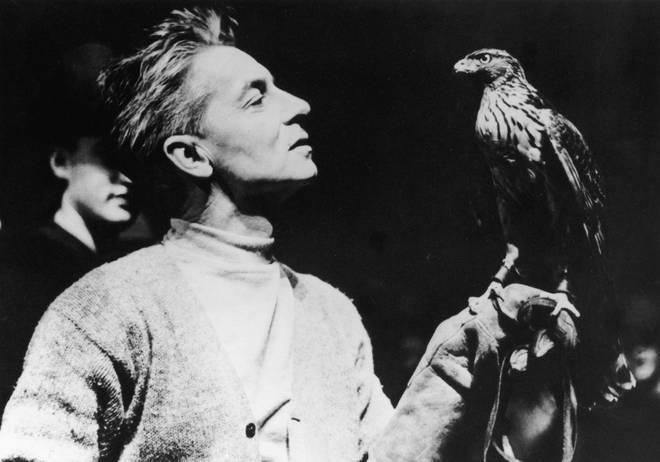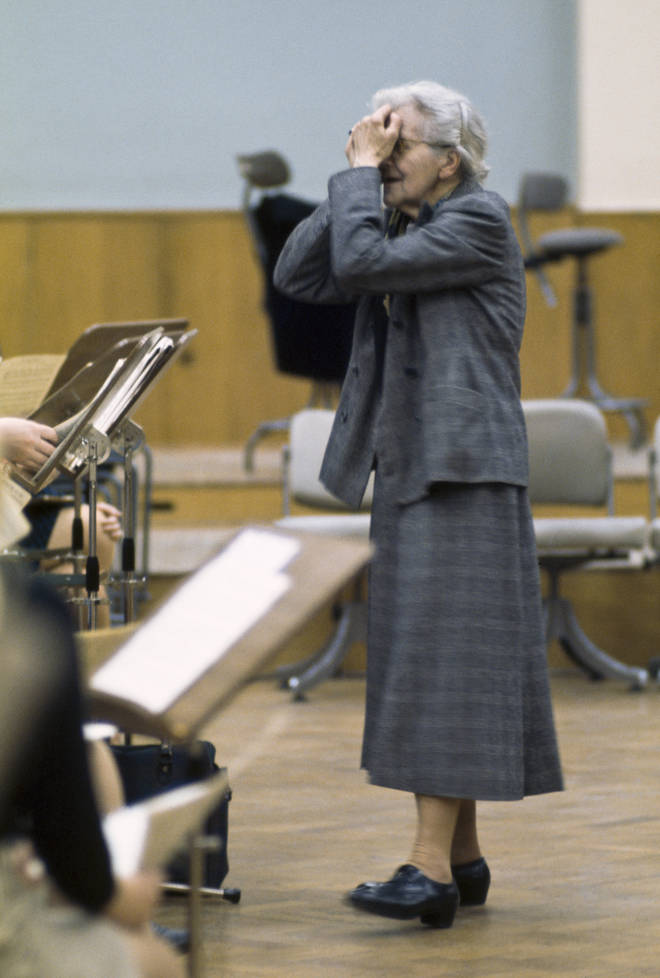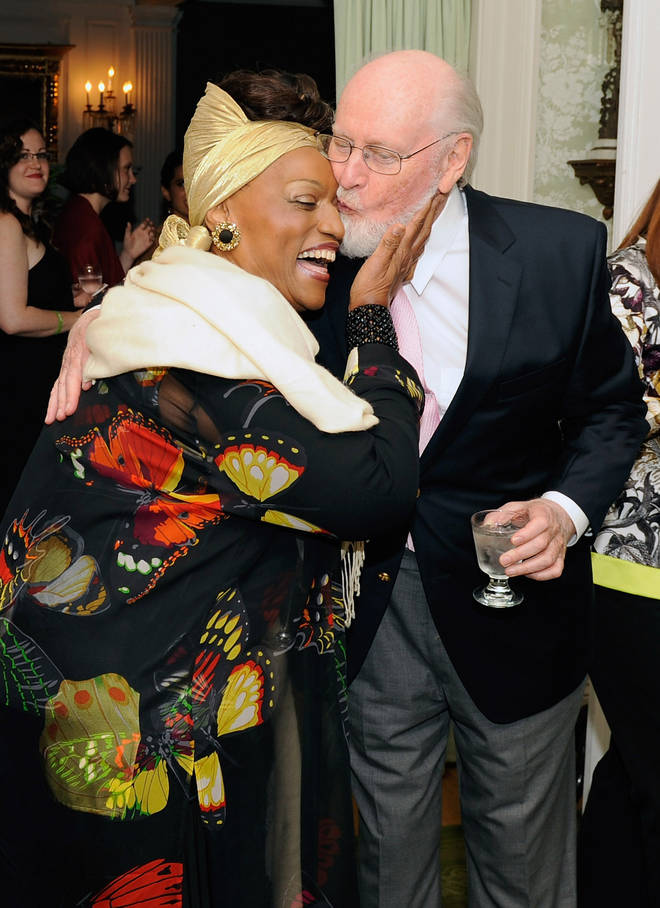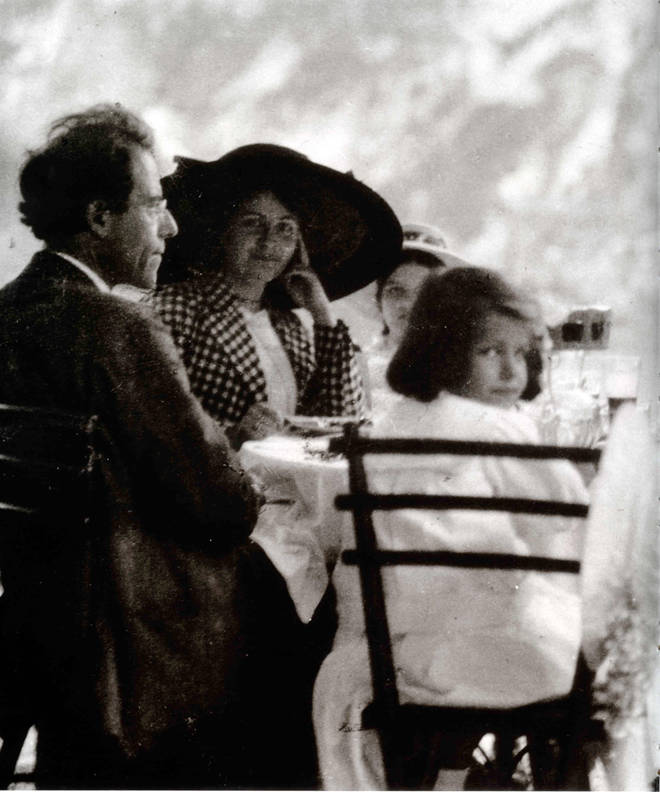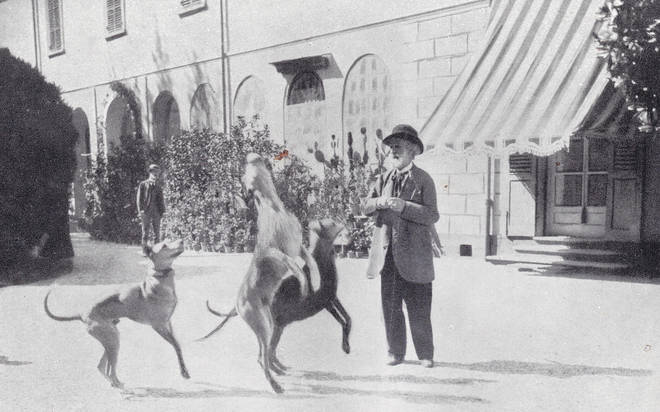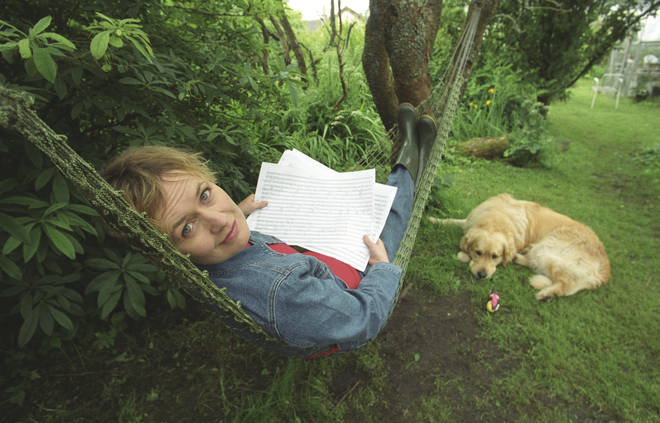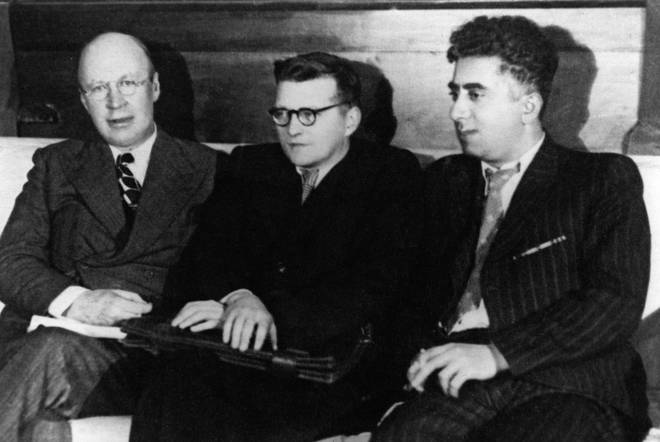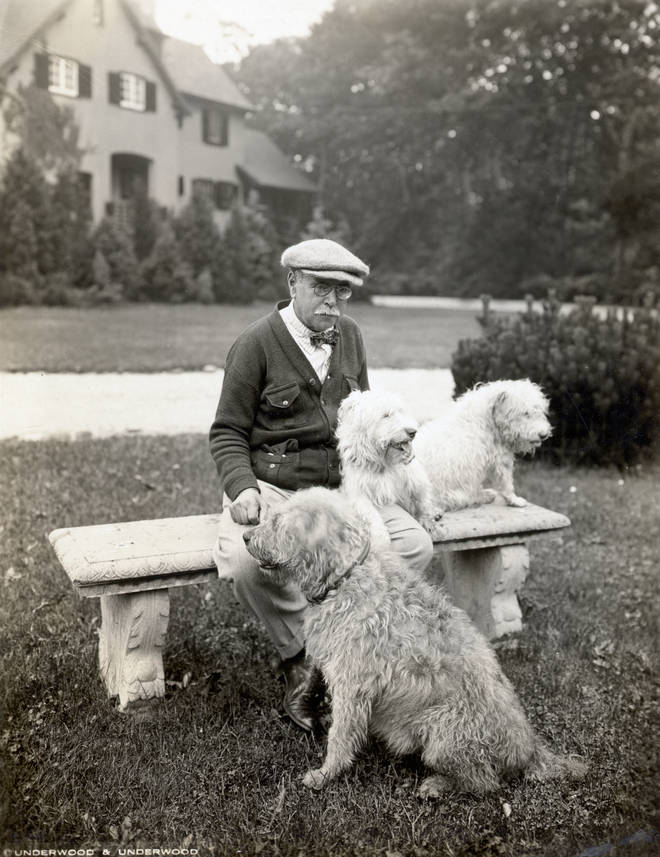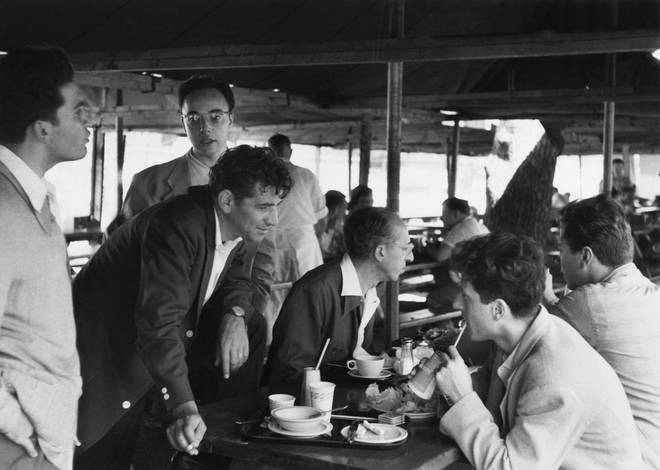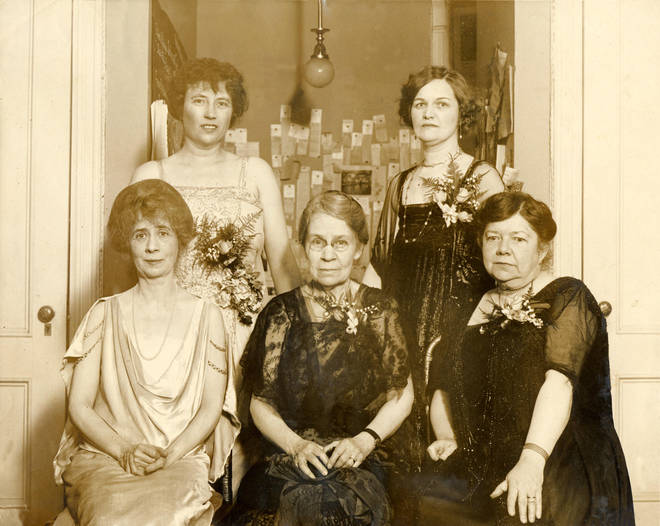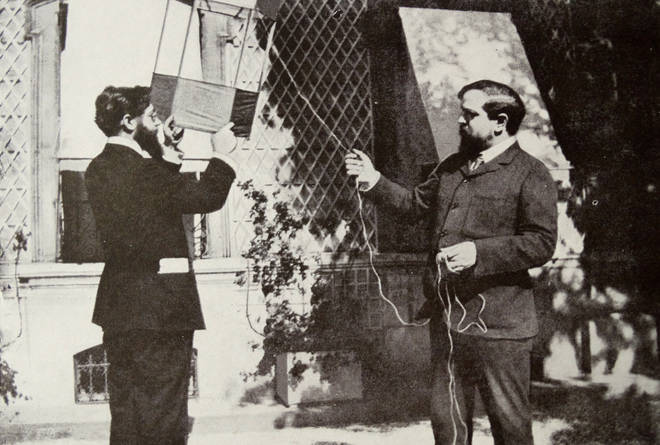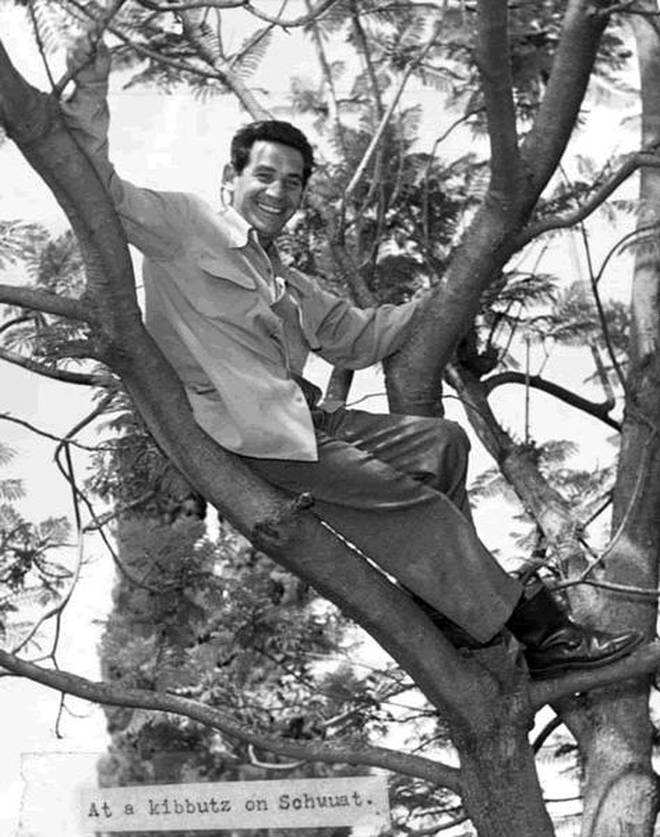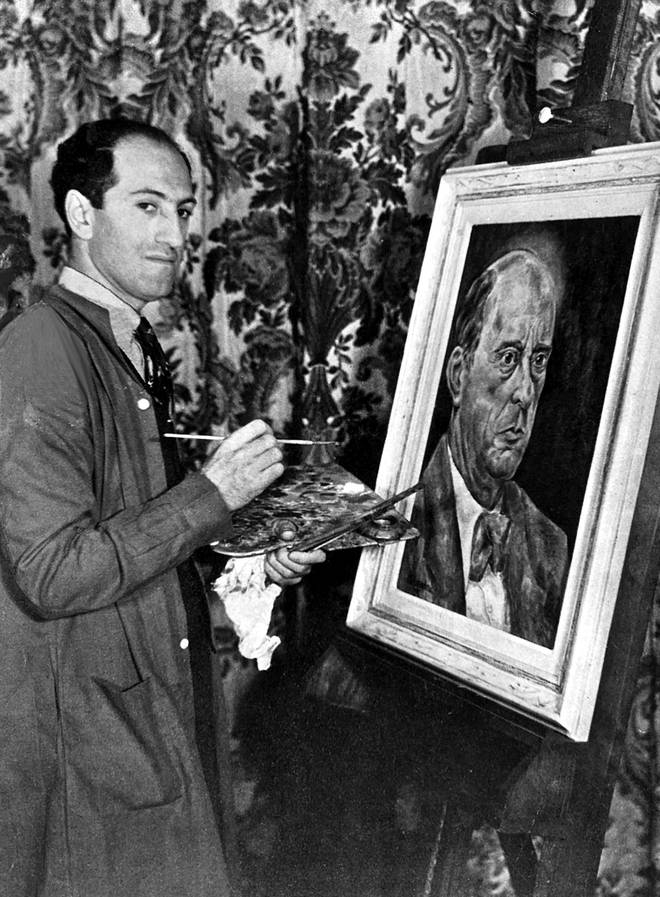String students, you've worked hard this academic year as you continued to balance distance learning with academic responsibilities and keeping up with your music instruction. While we do hope you'll make an effort to keep up with your music practice over the summer break, we also encourage you to take plenty of time off to relax and unwind.
To that end, we've put together a list of recent top five music films. We chose some of them because of their music scores, which should inspire those seeking to become music composers as you learn more about the careers and avenues available to you as an adult. We chose others because the music or musicians were central to the movie's theme.
1. The United States vs. Billie Holiday
Billie Holiday is undeniably a jazz legend, a female phenom, and an icon of her time. She was also a Black woman who led a complex life that included battling an addiction to alcohol and drugs and a string of abusive relationships. One of the latter was with black Federal Agent Jimmy Fletcher. As a result of the tumultuous angst of that affair, Holiday became the subject of a targeted undercover sting operation by the Federal Department of Narcotics.
Andra Day plays the lead in The United States vs. Billie Holiday, and, as you can imagine, the soundtrack is as extraordinary as both Ms. Holiday and Ms. Day are themselves. This movie is currently streaming on Hulu. Are you a string musician who loves jazz? Read our post, Jazz: It's Not Just for Upright Bass Musicians.
2. Soul
The Pixar movie, Soul won the 2021 Academy Awards for both Best Animated Feature, Best Original Score, and Best Sound, making it a trifecta for those who love spectacular animation and music. This family-friendly movie has a resonance similar to that of Coco, as it follows a jazz pianist's journey between the gig of a lifetime in NYC to the afterlife.
Joe (Jamie Foxx) is a middle-school band teacher whose life hasn't entirely gone the way he expected. His true passion is jazz, and he's good. However, when he travels to another realm to help someone find their passion, he soon discovers what it means to have soul.
3. Raya and the Last Dragon
Another animated film from Disney Studios, Raya and the Last Dragon takes place in a realm known as Kumandra. It's a re-imagined Earth inhabited by an ancient civilization, where a warrior named Raya (Kellie Marie Tran) is determined to find the last dragon.
Five long centuries after the selfless sacrifice of the magical dragons, the once-peaceful land of Kumandra, where humans lived harmoniously alongside the mystical creatures, is in disarray, divided into five nations. Our heroine, Raya, is determined to find the last dragon and heal the land.
Besides its notable 94% approval rating from the Rotten Tomatoes crowd, Raya and the Last Dragon also has a highly acclaimed score (James Newton Howard) that blends contemporary pop with traditional Southeast Asian music and instruments.
4. Clouds
We're particularly fond of the movie Clouds (also from Disney), which follows the life of teen musician Zach Sobiech, based on a true story. After learning that his cancer is spreading and he only has six months left to live, Senior Zach (Fin Argus) and his best friend decide to pursue their dream of collaborating on an album and recording it.
Once they post the album on YouTube, it goes viral. As with anyone who experiences true fame, "...Zach is confronted with the reality that no matter how he spends his time, he is going to hurt the people he loves the most...and he is left to make difficult decisions about how to spend his time and more importantly with whom." Even musicians who aren't facing life-ending diagnoses struggle with their rise to fame, making the messages in this movie doubly poignant.
5. A Biography/Documentary Free-for-All
We mentioned the Billie Holiday film above, but these past few years have been a bit of a documentary- and biography-style movie free-for-all. It feels like just about anyone famous in the contemporary music world is filming themselves — or having films made about them — these days.
All of the films listed below offer interesting, compelling, and educational insights into the music industry and what it takes to rise to the top, and the struggles that arise when you want to stay there. Examples include:
Linda Ronstadt: The Sound of My Voice
Tina (Turner)
Billie Eilish: The World's a Little Blurry
Beastie Boys Story
Song Exploder (contemporary composers)
No Direction Home (Bob Dylan)
Miss Americana (Taylor Swift)
Hip-Hop Evolution (contemporary MCs, DJs, and moguls)
Published by StringOvation Team on June 24, 2021


